Travel the Irish coast for views to die for
For the ultimate road trip, drive along the world’s longest coastal route
THERE IS A GREAT DRIVING ROAD – and then there’s the Wild Atlantic Way. This 2,500km-long stretch of coastline running down the length of Ireland’s jagged west coast – the most westerly region in Western Europe as well as the world’s longest coastal route – qualifies as possibly the ultimate road trip. It would take weeks to explore and fully appreciate the raw beauty of this magnificent coastline, belonging to a country that humorist Dave Barry called “a medium-sized rural island that is slowly but steadily being consumed by sheep”.
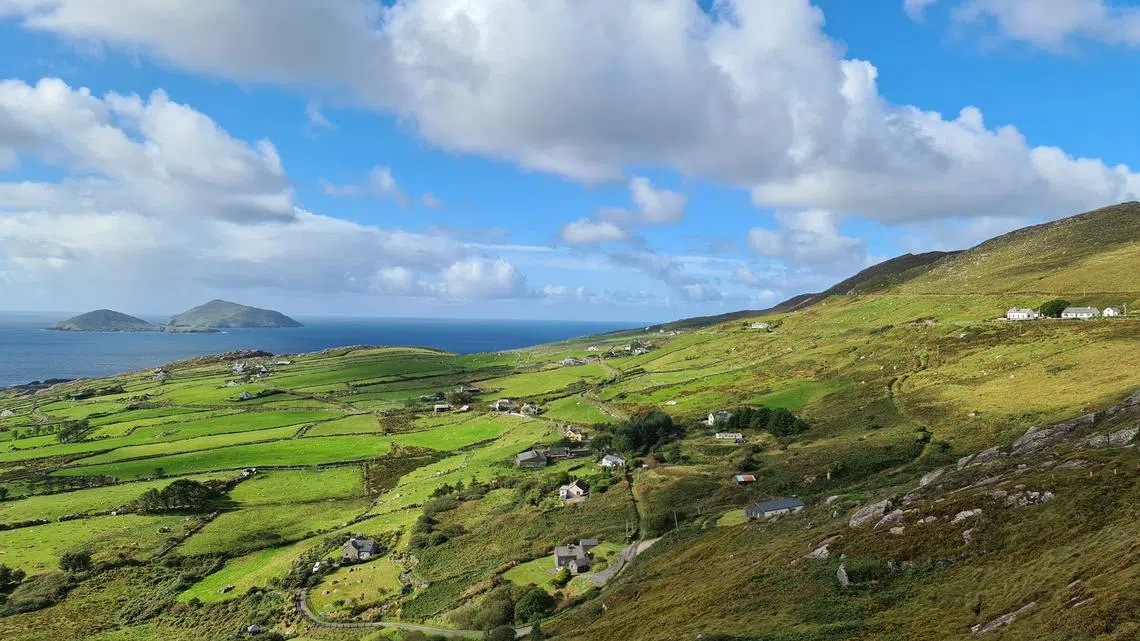
The woolly creatures can be seen in their numbers dotting this stretch of the Irish coast, but it won’t be the first thing first-time travellers will notice – not when it rains about 225 days per year in these parts. On the plus side, the downfalls are often accompanied by sprinklings of sunshine.
Tourism is a major industry during the summer months, especially in County Kerry in the south-western section of the route, where finger-like peninsulas extend into the Atlantic Ocean. About 1,000 km of the Wild Atlantic Way is in Kerry, while the southernmost point of the route begins in the fishing town of Kinsale in neighbouring County Cork, which borders Kerry’s eastern flank.
Shaped like the irregular fingers of an open palm, five peninsulas and their accompanying inlets jut into the ocean, in an area filled with bountiful nature: rolling hills, hiking trails, rocky cliffs and sandy beaches, plus splendid views of Ireland’s tallest peaks, the interestingly-named Macgillycuddy’s Reeks. Ancient castles and country house estates complete the alluring picture.
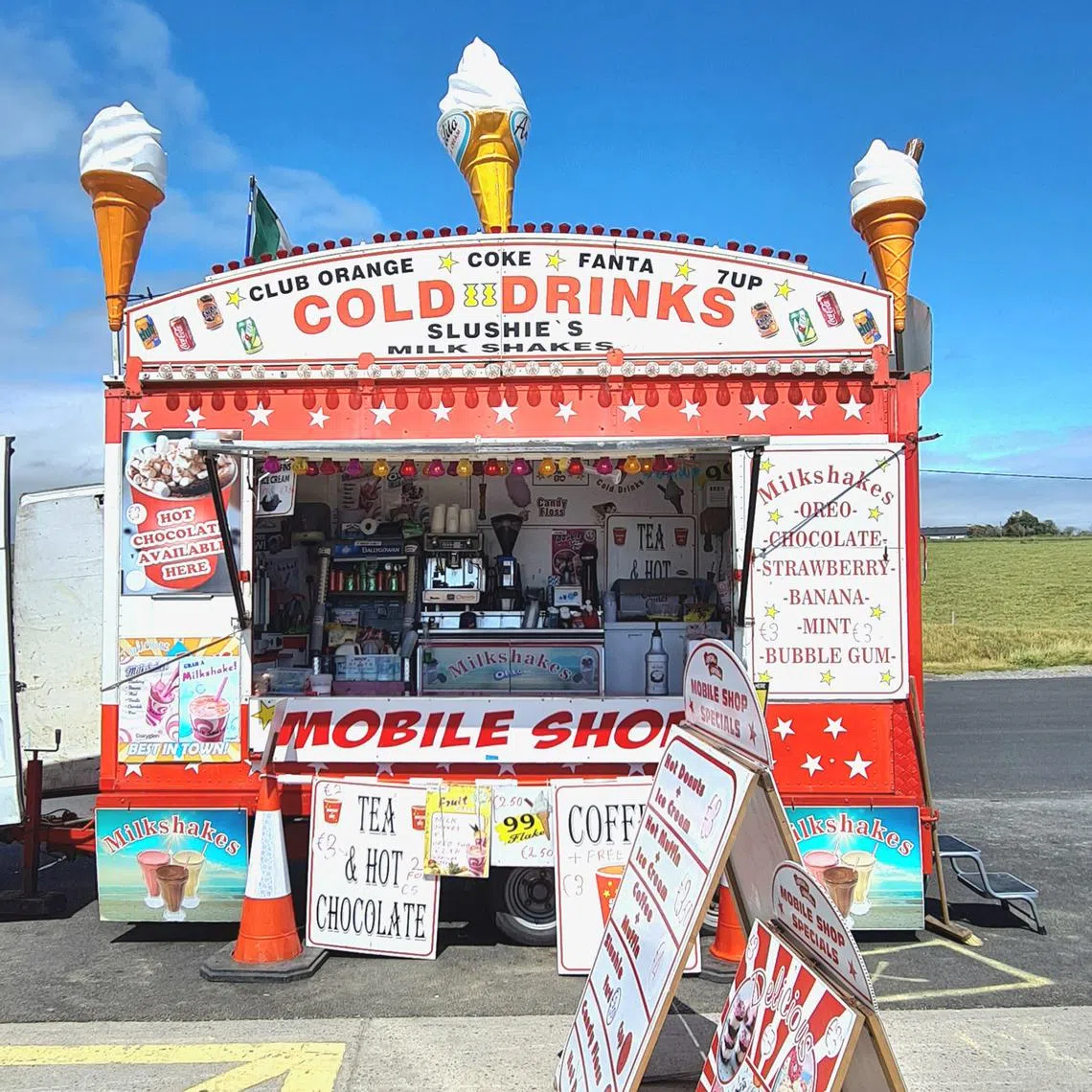
Visitors can select one or more ‘fingers’ to drive along, stopping at various parks and heritage sites along the way. The (mostly) traffic-free country roads feature views to die for and you will be unable to resist the urge to simply stop in a random village – for a leisurely lunch, a short walk or an impromptu chat with a friendly local.
Charming towns On a recent trip to the Emerald Isle, so named because of its impossibly lush landscapes, I had the benefit of a sunny day, a full tank of diesel and several hours to spare – perfect conditions for a drive around the Iveragh Peninsula, a rugged spit of land and the ‘ring finger’ between the Dingle and Beara peninsulas.
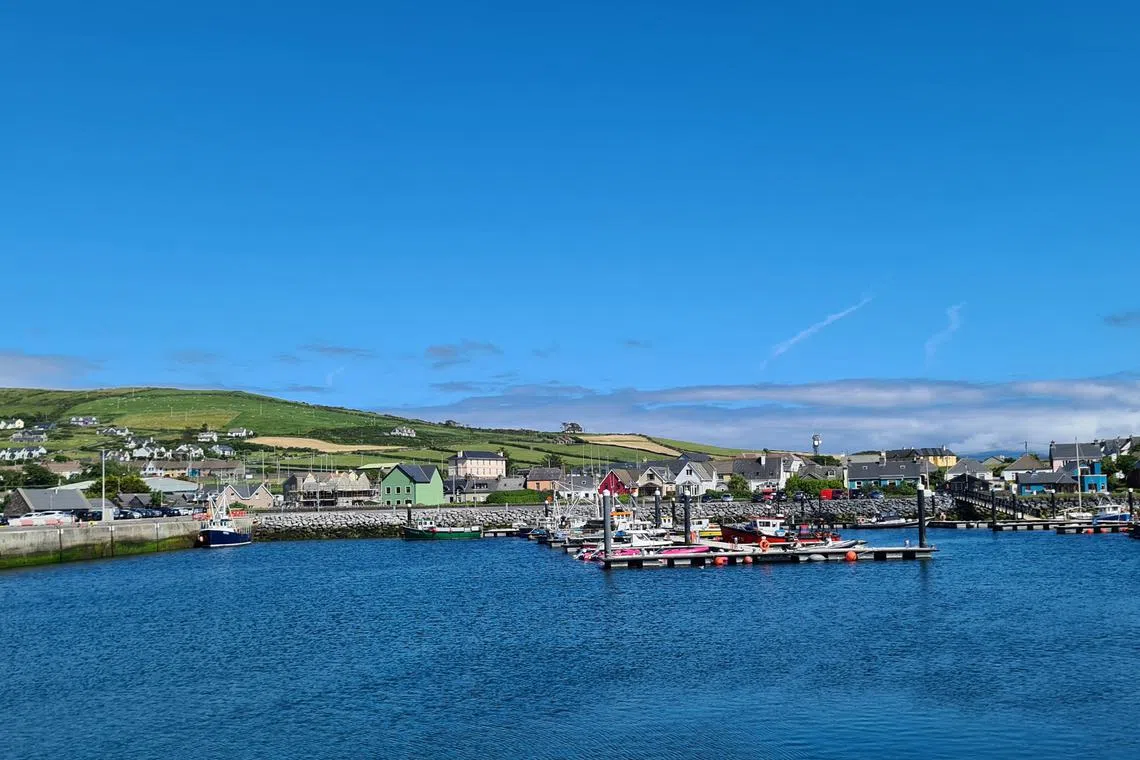
Starting in Kenmare and passing through places with names like Sneem, Caherdaniel, Portmagee and Killarney, the loop around this peninsula is known as the Ring of Kerry – possibly the most famous of the driving routes in the Wild Atlantic Way. En route, you’ll encounter postcard views of the ocean and the surrounding landscape that will be seared into your memory – look out for the signboard that declares one such scenic point as “Ireland’s Best-Known View”.
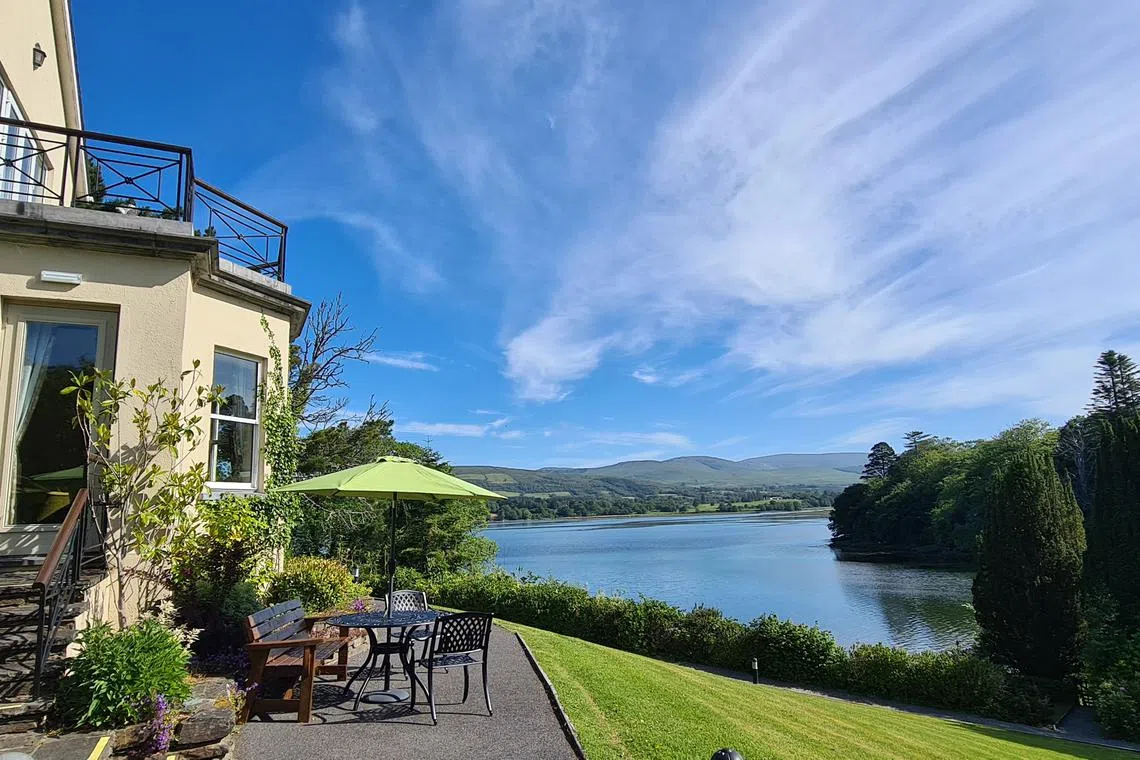
Kenmare, a small town at the mouth of Kenmare Bay, is a perfectly charming base. The equivalent starting point in the Dingle Peninsula is Tralee and in the Beara Peninsula, it’s Glengarriff – take your pick because you can’t go wrong. In Kenmare, your base is likely to be the classic Park Hotel in the centre of town or Sheen Falls Lodge outside town, on the banks of Kenmare Bay. Outdoor options include golf, hiking, trout and salmon fishing and excursions to heritage sites and nearby islands
.World Heritage Site Iveragh’s western tip is also known as the Skellig Coast – skellig being derived from the Irish word for ‘splinter of stone’ – for the scattering of craggy islands just off the mainland. The most famous of these is Skellig Michael, a twin-peaked rock formation roughly 12 kms into the Atlantic and accessible by boat (in the summer months) from the fishing village of Portmagee.
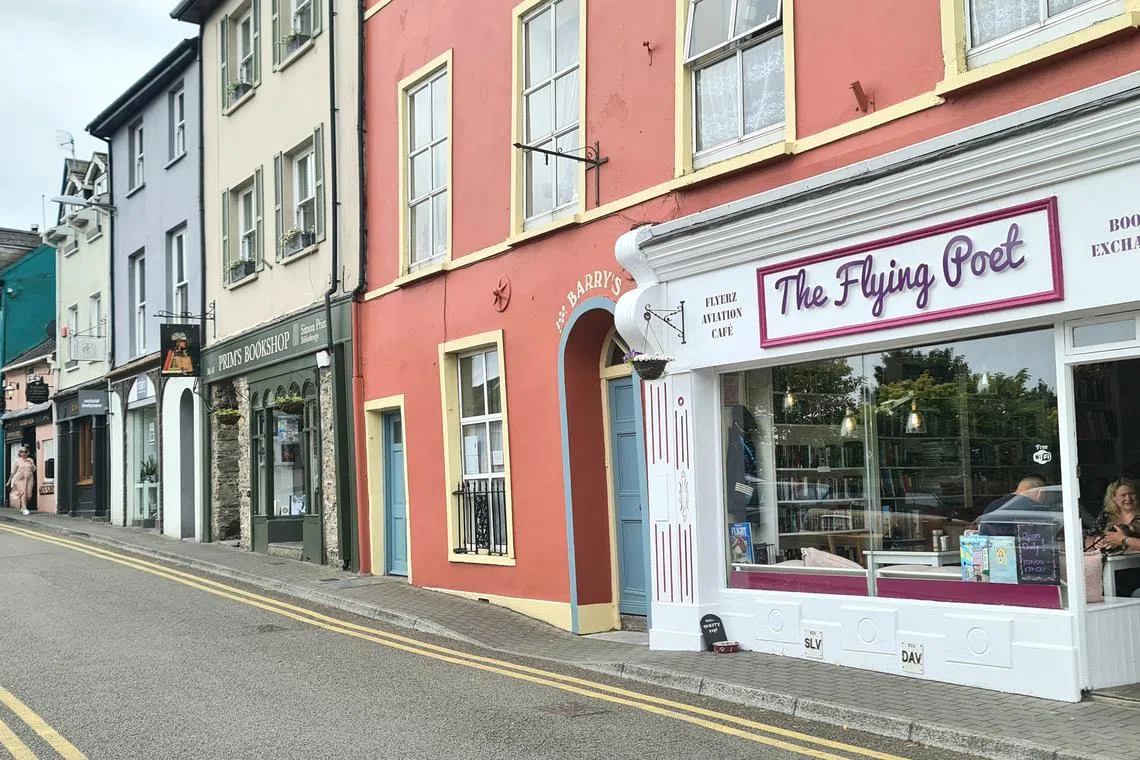
This World Heritage Site features the well-preserved ruins of an early-Christian monastery but is more easily recognisable as Luke Skywalker’s hermit-like hideaway in two later episodes of the Star Wars space opera (The Force Awakens and The Last Jedi). Meanwhile, the Irish coastline is a popular extra in the movies, always ready for its close-up.
Movie stars feature prominently in Waterville, a picturesque village (population 500) and popular stop along the Ring of Kerry. Perhaps the most famous was Charlie Chaplin, who first discovered it in the late-1950s while on an Irish sojourn. He returned with his family every summer for the next decade, spending a significant amount of time strolling anonymously along the town’s windblown seafront (there’s a statue of him to prove it).
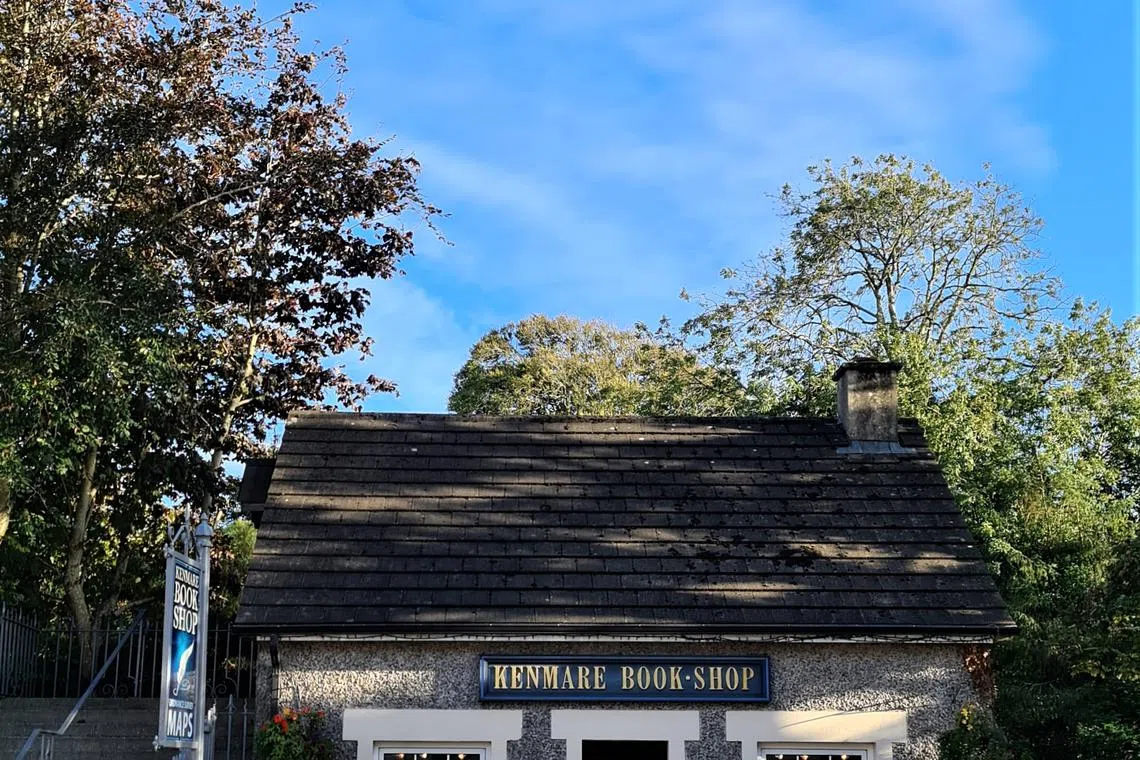
Barry Linder, an artist and author who moved here from Canada 25 years ago, runs a small souvenir shop along the waterfront. He identifies with Waterville’s remote location and down-to-earth appeal. “I love the people here, they’re so bloody honest and humble,” he says. “I think I found an affinity with the Irish character.”
Decoding Asia newsletter: your guide to navigating Asia in a new global order. Sign up here to get Decoding Asia newsletter. Delivered to your inbox. Free.
Copyright SPH Media. All rights reserved.






